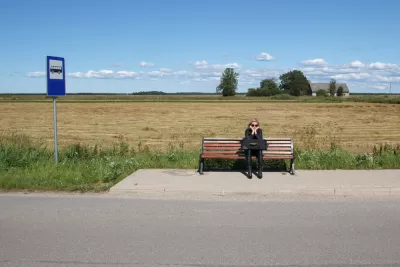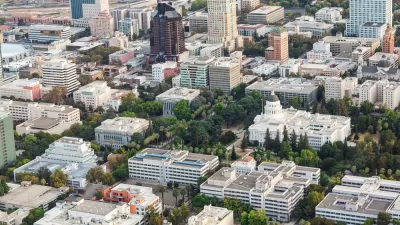The U.S. Census Bureau raised the bar for communities to qualify as urban areas.

A change in definition by the U.S. Census Bureau has reclassified nearly 1,000 “urban areas” in the United States, defined by the U.S. Census Bureau as “densely developed residential, commercial, and other nonresidential areas.”
According to an announcement on December 29, the Census Bureau has changed the criteria to fit that definition, most notably by raising the minimum population threshold for an urban area from 2,500 to 5,000 or a minimum housing unit threshold of 2,000 housing units.
Other criteria changes include reducing the “jump distance” from 2.5 miles to 1.5 miles (jump distance “is the distance along roads used to connect high-density urban territories surrounded by rural territory,” according to the press release) and no longer distinguishing between urbanized areas and urban clusters.
After the change, urban areas account for 80.0% of the U.S. population, down from 80.7% in 2010, according to the press release. “The rural population — the population in any areas outside of those classified as urban — increased as a percentage of the national population from 19.3% in 2010 to 20.0% in 2020.”
The press release states clearly that shifting population ratios in the country are a result of the change of definition—not a shift of population from urban to rural (though there is some evidence of such a trend in recent years).
The Associated Press provided news coverage of the criteria change. For more information on the population estimates published by the Census in December, see previous Planetizen coverage.
FULL STORY: Nation’s Urban and Rural Populations Shift Following 2020 Census

Planetizen Federal Action Tracker
A weekly monitor of how Trump’s orders and actions are impacting planners and planning in America.

Congressman Proposes Bill to Rename DC Metro “Trump Train”
The Make Autorail Great Again Act would withhold federal funding to the system until the Washington Metropolitan Area Transit Authority (WMATA), rebrands as the Washington Metropolitan Authority for Greater Access (WMAGA).

The Simple Legislative Tool Transforming Vacant Downtowns
In California, Michigan and Georgia, an easy win is bringing dollars — and delight — back to city centers.

The States Losing Rural Delivery Rooms at an Alarming Pace
In some states, as few as 9% of rural hospitals still deliver babies. As a result, rising pre-term births, no adequate pre-term care and "harrowing" close calls are a growing reality.

The Small South Asian Republic Going all in on EVs
Thanks to one simple policy change less than five years ago, 65% of new cars in this Himalayan country are now electric.

DC Backpedals on Bike Lane Protection, Swaps Barriers for Paint
Citing aesthetic concerns, the city is removing the concrete barriers and flexposts that once separated Arizona Avenue cyclists from motor vehicles.
Urban Design for Planners 1: Software Tools
This six-course series explores essential urban design concepts using open source software and equips planners with the tools they need to participate fully in the urban design process.
Planning for Universal Design
Learn the tools for implementing Universal Design in planning regulations.
Smith Gee Studio
City of Charlotte
City of Camden Redevelopment Agency
City of Astoria
Transportation Research & Education Center (TREC) at Portland State University
US High Speed Rail Association
City of Camden Redevelopment Agency
Municipality of Princeton (NJ)





























